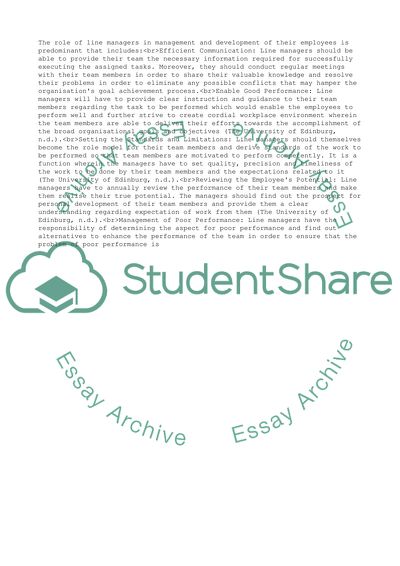Cite this document
(Managing people in organisations Essay Example | Topics and Well Written Essays - 2750 words, n.d.)
Managing people in organisations Essay Example | Topics and Well Written Essays - 2750 words. https://studentshare.org/human-resources/1809858-managing-people-in-organisations
Managing people in organisations Essay Example | Topics and Well Written Essays - 2750 words. https://studentshare.org/human-resources/1809858-managing-people-in-organisations
(Managing People in Organisations Essay Example | Topics and Well Written Essays - 2750 Words)
Managing People in Organisations Essay Example | Topics and Well Written Essays - 2750 Words. https://studentshare.org/human-resources/1809858-managing-people-in-organisations.
Managing People in Organisations Essay Example | Topics and Well Written Essays - 2750 Words. https://studentshare.org/human-resources/1809858-managing-people-in-organisations.
“Managing People in Organisations Essay Example | Topics and Well Written Essays - 2750 Words”. https://studentshare.org/human-resources/1809858-managing-people-in-organisations.


